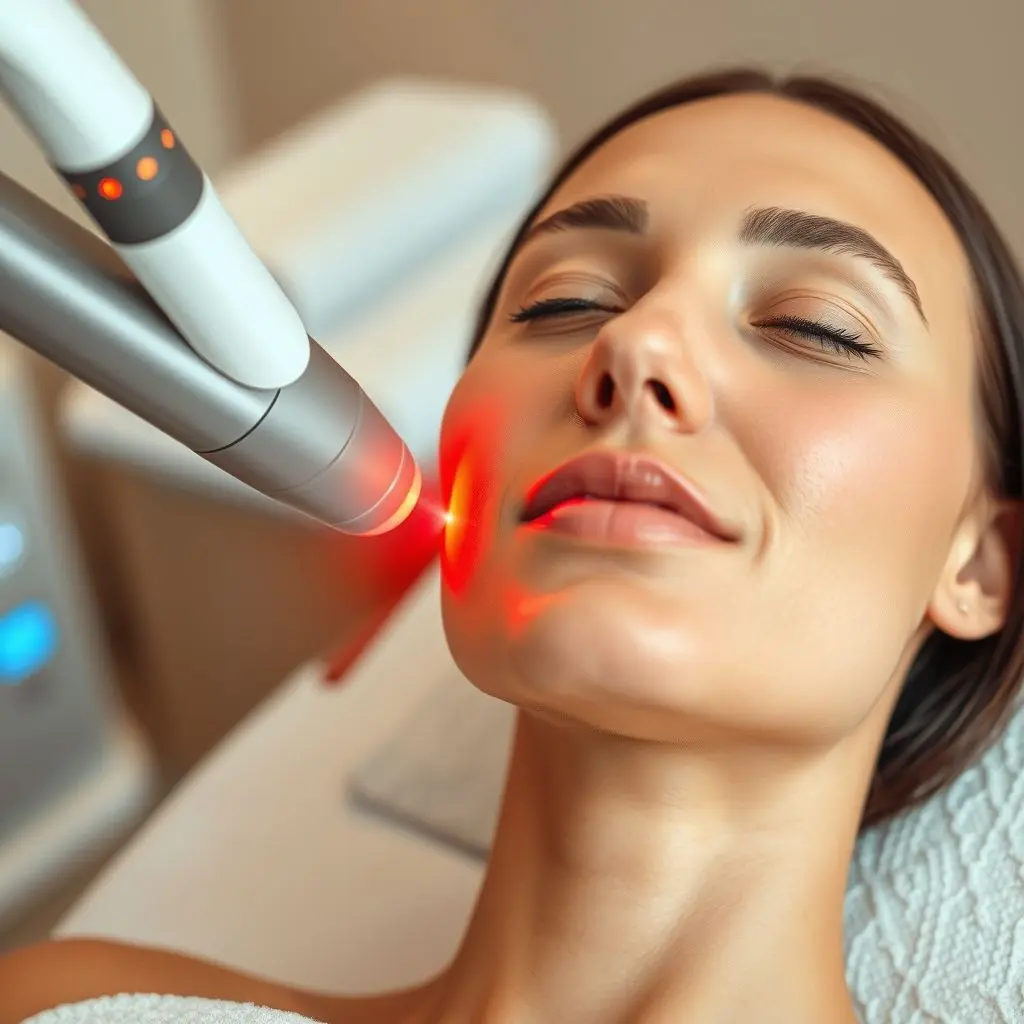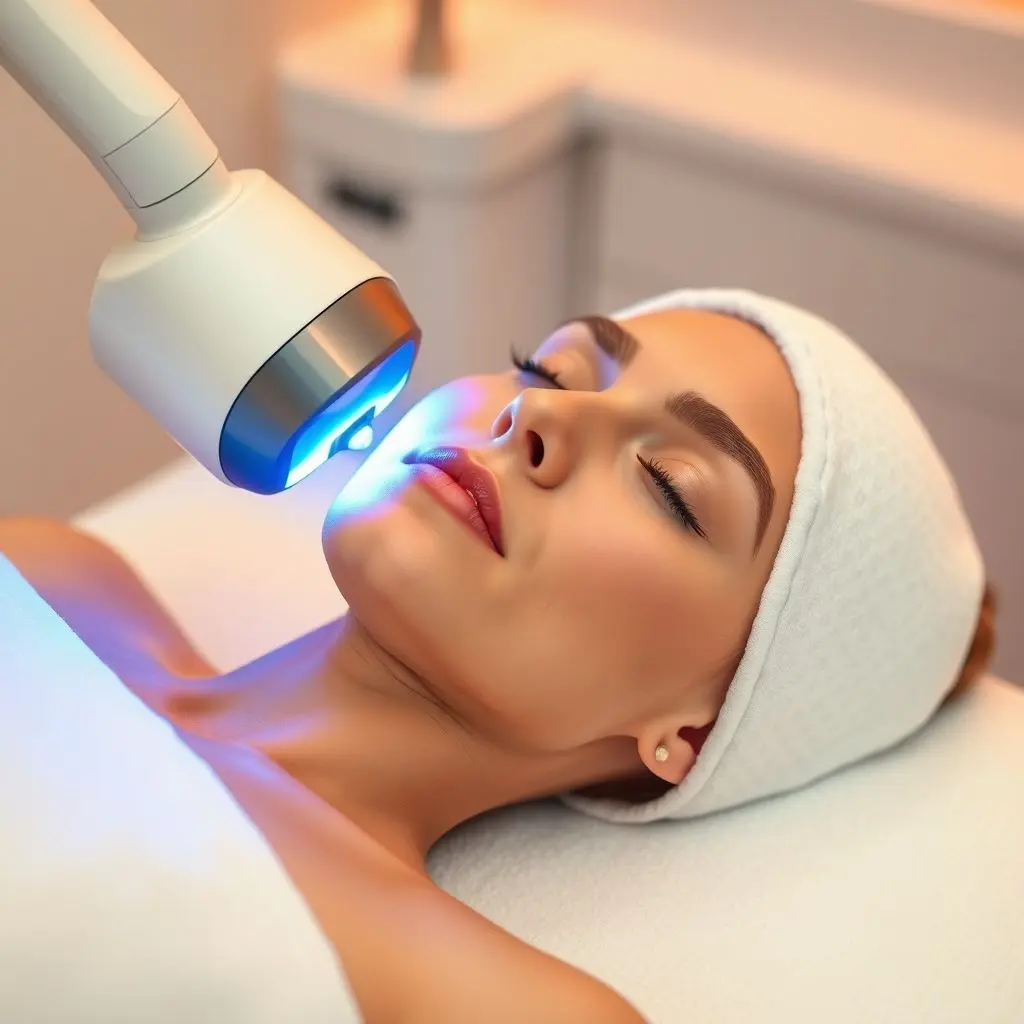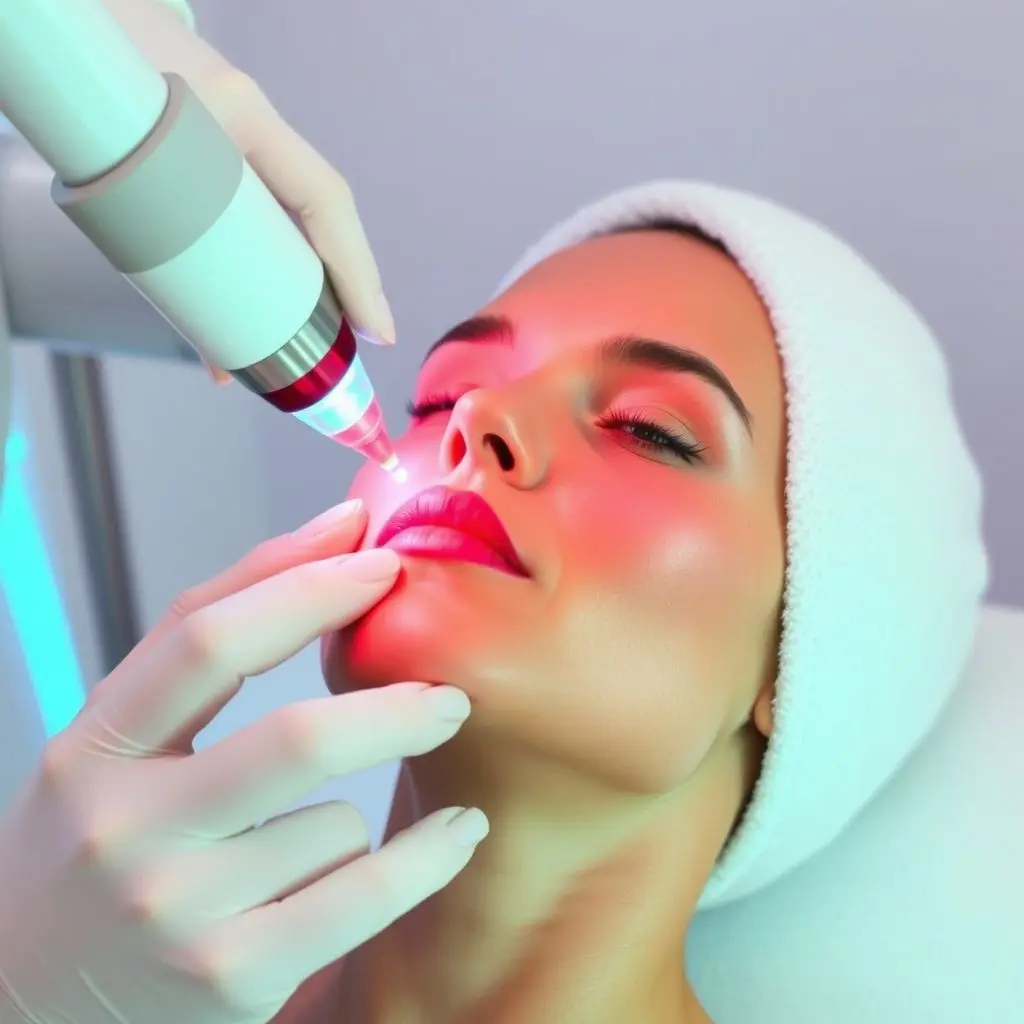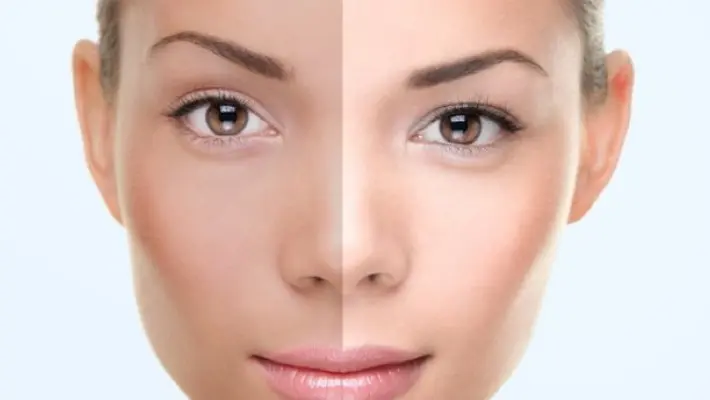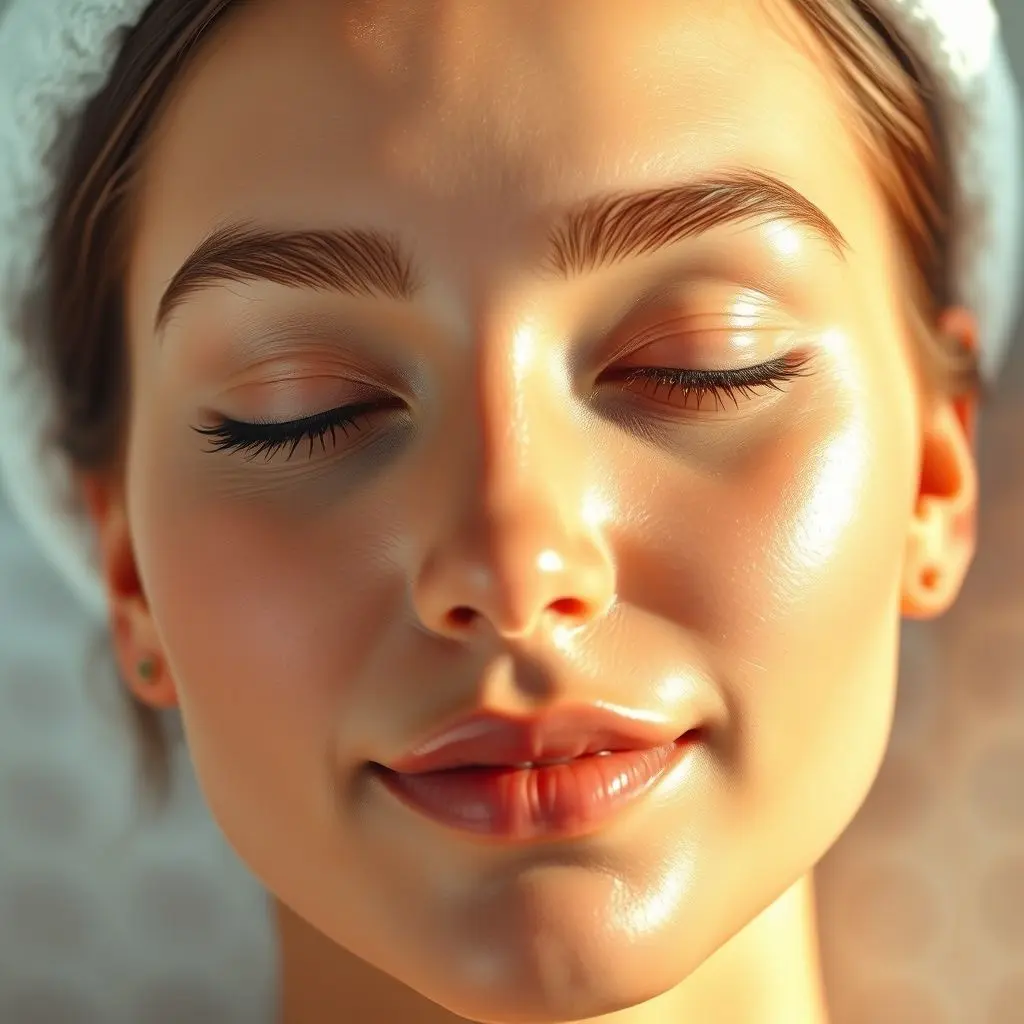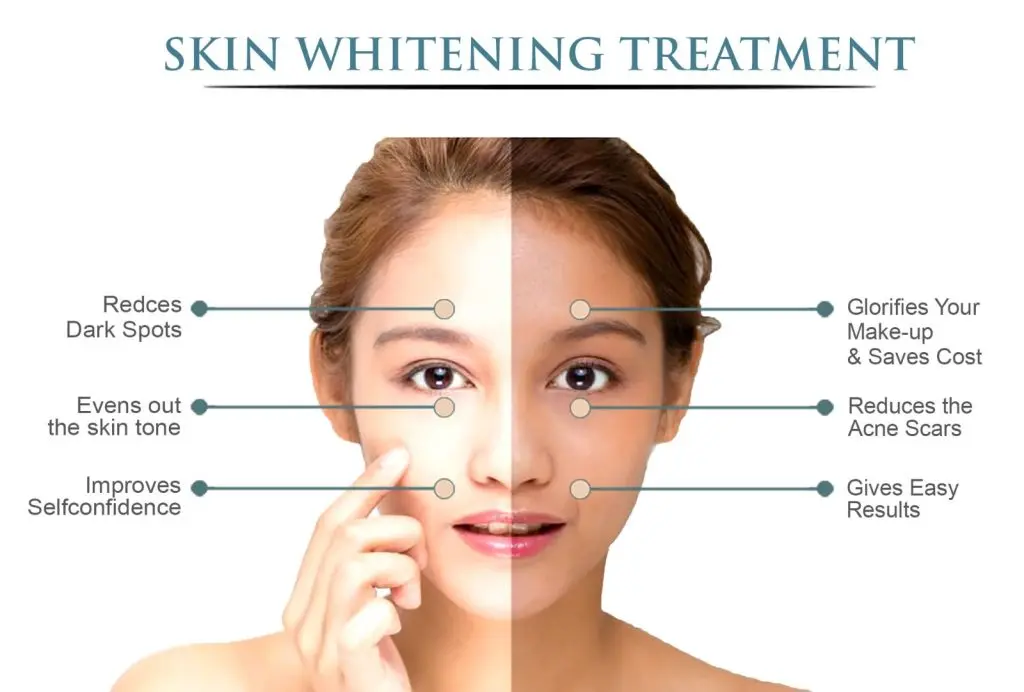
Introduction to Laser Skin Care
Laser skin care represents a revolutionary approach to addressing various skin concerns, including pigmentation issues, uneven tone, fine lines, and overall skin rejuvenation. This technology harnesses the power of concentrated light beams to penetrate the skin, stimulating collagen production and promoting cellular turnover. In this article, we will explore the different types of laser treatments available, their benefits, and how they can transform your skin from dull and tired to bright and hydrated.
Understanding Laser Technology
At its core, laser technology involves the emission of light that can be absorbed by specific skin structures. This property allows lasers to target various skin conditions effectively. The term "laser" stands for Light Amplification by Stimulated Emission of Radiation. This process enables the generation of high-intensity light that is focused on precise areas of the skin.
Types of Laser Treatments
1. Ablative Lasers
Ablative lasers work by removing the outer layers of the skin, making them effective for treating deep wrinkles, scars, and severe skin discoloration. Examples include CO2 lasers and Erbium lasers. These treatments promote significant collagen production and are often used for more drastic skin resurfacing.
2. Non-Ablative Lasers
Non-ablative lasers work beneath the surface of the skin without damaging the outer layer. They are ideal for treating fine lines, mild pigmentation issues, and improving overall skin tone. Examples include Nd:YAG and Pulsed Dye lasers. Non-ablative treatments typically require multiple sessions and have minimal downtime.
3. Fractional Lasers
Fractional laser treatments can be either ablative or non-ablative. They work by targeting a fraction of the skin's surface area at a time, allowing for quicker healing and less downtime. This approach is effective for treating a variety of skin concerns, including wrinkles, acne scars, and uneven texture.
4. Laser Hair Removal
Laser hair removal uses specific wavelengths of light to target hair follicles, resulting in reduced hair growth over time. Multiple sessions are typically required for optimal results, and it can be performed on various body areas.
Benefits of Laser Skin Care
1. Precision
Laser treatments can precisely target specific areas of the skin, minimizing damage to surrounding tissues. This precision helps achieve better and faster results.
2. Customization
Laser treatments can be tailored to suit individual skin types and concerns. A trained dermatologist can assess your skin and recommend the most appropriate laser treatment for your needs.
3. Minimal Downtime
Many laser treatments, particularly non-ablative ones, require little to no downtime. Patients can often return to their daily activities shortly after treatment.
4. Long-lasting Results
With proper care and maintenance, the results of laser skin treatments can be long-lasting. Many patients enjoy smoother, brighter skin for months or even years after their sessions.
5. Versatility
Lasers can address a wide range of skin concerns, from pigmentation issues and acne scars to wrinkles and sun damage. This versatility makes laser skin care suitable for various individuals.
Preparing for a Laser Treatment
1. Consultation
Schedule a consultation with a licensed dermatologist or skin care professional. During this appointment, discuss your skin concerns, medical history, and any medications you are taking. This information will help determine the most suitable treatment for you.
2. Pre-Treatment Instructions
Follow any pre-treatment instructions provided by your dermatologist. This may include avoiding sun exposure, discontinuing certain skincare products, or refraining from blood-thinning medications.
3. Skin Assessment
Your skin will be assessed to determine its type and condition. This evaluation helps in customizing the treatment plan and ensuring optimal results.
4. Patch Test
In some cases, a patch test may be performed to check for adverse reactions. This step is especially important for individuals with sensitive skin.
What to Expect During the Treatment
1. Anesthesia
Depending on the type of laser treatment, topical anesthesia or cooling devices may be applied to minimize discomfort during the procedure.
2. Treatment Process
The laser device will be applied to the targeted areas of your skin. You may feel a sensation similar to a rubber band snapping against your skin. The duration of the treatment will depend on the size of the area being treated.
3. Post-Treatment Care
After the procedure, your skin may appear red or swollen. Follow your dermatologist's post-treatment care instructions, which may include applying soothing creams or avoiding sun exposure for a period.
Post-Treatment Recovery
1. Sun Protection
Sun protection is crucial after laser treatments. Apply a broad-spectrum sunscreen with at least SPF 30 to protect your healing skin from UV damage.
2. Moisturization
Keep your skin well-hydrated by using a gentle moisturizer. This helps soothe any dryness or irritation that may occur post-treatment.
3. Avoiding Irritants
For a few days following treatment, avoid using harsh skincare products, exfoliants, or retinoids that could irritate your skin.
4. Follow-Up Appointments
Schedule follow-up appointments with your dermatologist to monitor your skin's healing progress and discuss any concerns you may have.
Common Side Effects
1. Redness and Swelling
It is normal to experience redness and swelling immediately after the treatment. This usually subsides within a few hours to a few days.
2. Dryness and Peeling
As your skin heals, you may notice dryness or peeling. This is a natural part of the healing process and should resolve with proper care.
3. Hyperpigmentation
In some cases, laser treatments can lead to temporary hyperpigmentation, especially in individuals with darker skin tones. This usually fades over time.
4. Infection
Though rare, there is a risk of infection with any skin treatment. Following post-treatment care instructions can help minimize this risk.
Choosing the Right Practitioner
1. Qualifications
Ensure that the practitioner is licensed and certified in dermatology or skin care. Check their educational background and any additional training in laser treatments.
2. Experience
Look for a practitioner with extensive experience in performing laser treatments. Ask about their success rates and before-and-after photos of previous patients.
3. Reviews and Testimonials
Read reviews and testimonials from previous patients to gauge their experiences. Positive feedback can provide insight into the practitioner's skills and patient care.
4. Consultation
Schedule a consultation to discuss your concerns and treatment goals. This will give you a sense of the practitioner's approach and whether you feel comfortable with them.
Cost of Laser Skin Care Treatments
1. Type of Laser Treatment
Ablative treatments tend to be more expensive than non-ablative options due to their intensity and required downtime.
2. Geographic Location
The cost of living in your area can affect treatment prices. Urban centers may have higher rates compared to rural areas.
3. Practitioner’s Experience
Highly experienced practitioners may charge more for their services. However, investing in a skilled professional can lead to better outcomes.
4. Number of Sessions
Some conditions may require multiple sessions for optimal results, impacting the overall cost. Discuss the treatment plan with your practitioner to understand the financial commitment.
Conclusion: The Future of Laser Skin Care
Laser skin care continues to evolve, offering innovative solutions for an array of skin concerns. With advancements in technology, new treatments are being developed to enhance skin rejuvenation, minimize downtime, and improve patient comfort. Whether you seek to brighten your complexion, reduce wrinkles, or achieve hydrated skin, laser treatments can provide effective results.
As you consider laser skin care, it is important to conduct thorough research and consult with qualified professionals. By understanding the different types of laser treatments available, their benefits, and the necessary precautions, you can make informed decisions that align with your skin care goals. Embrace the future of skin care and discover the transformative potential of laser technology.

